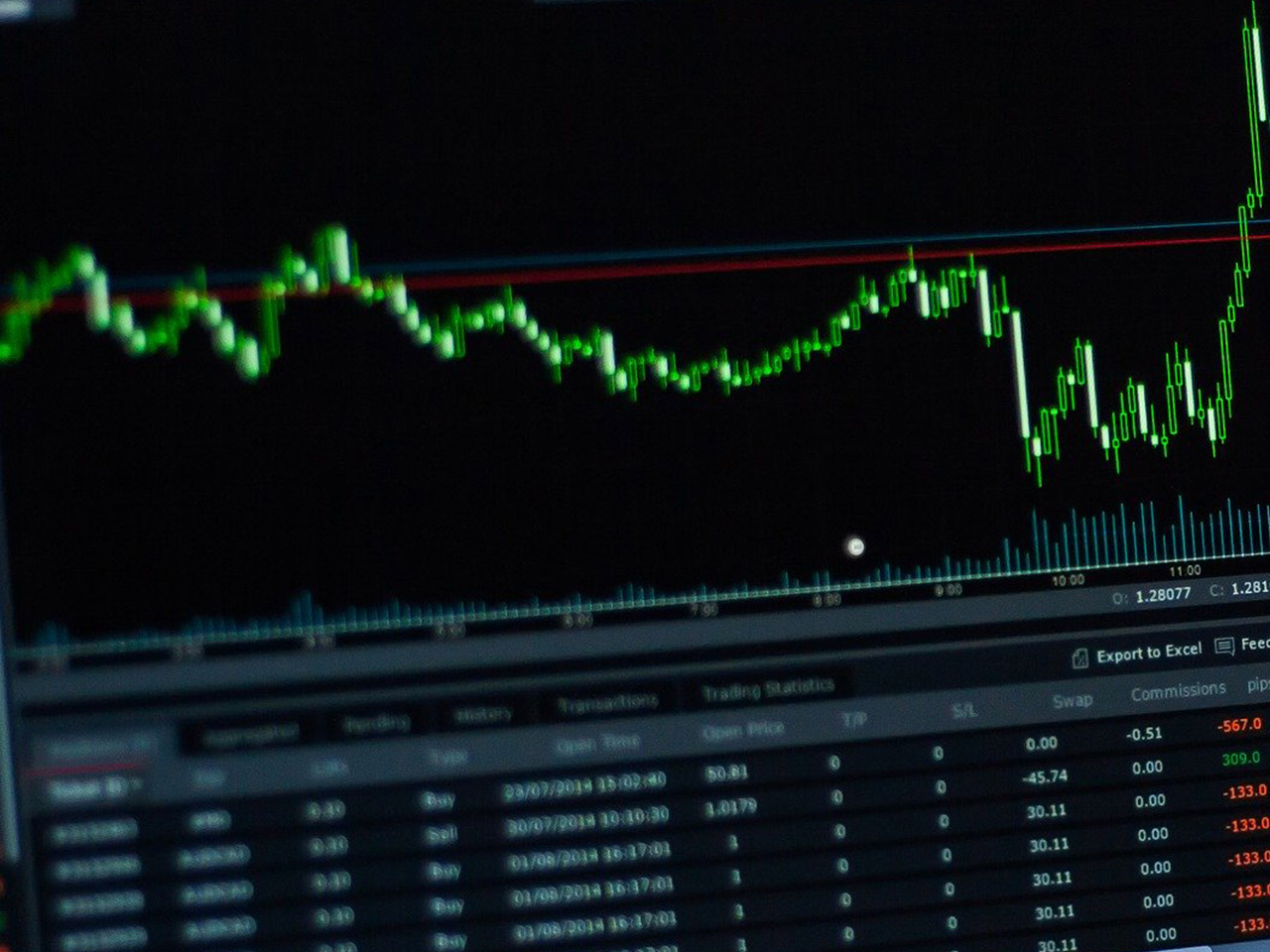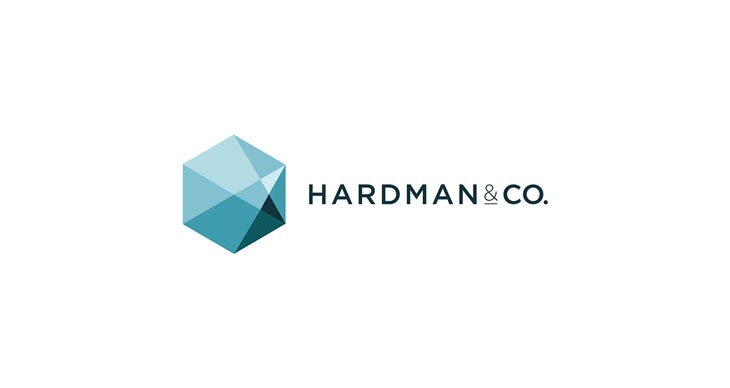For investors tracking Aviva PLC ORD 32 17/19P (AV.L), the British multinational insurance company offers a fascinating case study in balancing growth aspirations with market realities. With a market capitalisation of $20.54 billion, Aviva stands as a formidable player in the Financial Services sector, specifically within the diversified insurance industry. Headquartered in London, Aviva boasts a rich heritage dating back to 1696, evolving over the centuries to become a key provider of insurance, retirement, and wealth products across the UK, Ireland, Canada, and beyond.
Currently trading at 670 GBp, Aviva’s stock has witnessed a near-flat price change, down by a mere 0.01%. Over the past year, its share price has fluctuated between 453.10 and 675.80 GBp, reflecting both the challenges and opportunities inherent in the insurance sector. Despite the modest price movement, the stock’s valuation metrics present a complex picture. The absence of a trailing P/E ratio and a strikingly high forward P/E of 1,130.67 may raise eyebrows among valuation-conscious investors, yet it underscores the forward-looking expectations placed on Aviva’s future earnings.
Aviva’s revenue growth of 14% highlights its capability to expand its top-line, driven by its extensive portfolio of life insurance, pension products, and investment management services. However, the net income data is currently unavailable, presenting a gap in the comprehensive evaluation of its profitability. The company’s EPS stands at 0.22, and with a return on equity of 9.70%, Aviva showcases a respectable capacity to generate returns on shareholders’ equity. The negative free cash flow figure of -£1,051,625,024 is a critical area for investors to monitor, signalling potential liquidity challenges or investment activities that may not yet have translated into income.
From a dividend perspective, Aviva offers an appealing yield of 5.51%, which is attractive in today’s low-interest-rate environment. However, a payout ratio exceeding 160% raises sustainability concerns, suggesting that the dividends are not fully covered by the company’s earnings. This could necessitate a re-evaluation of dividend policies if earnings do not align with payouts in the long term.
Analyst sentiment towards Aviva presents a mixed yet optimistic outlook. With eight buy ratings and four hold ratings, there is a clear indication of confidence in the company’s strategic direction. The target price range of 543.00 to 740.00 GBp suggests some upside potential; however, the average target price of 653.83 GBp implies a slight downside of -2.41% from current levels. This mixed sentiment may reflect uncertainty in the broader market environment, or specific challenges within Aviva’s operational landscape.
Technically, Aviva is trading above both its 50-day (629.88 GBp) and 200-day (546.96 GBp) moving averages, indicating positive momentum. The RSI of 38.07, however, signals that the stock is nearing oversold conditions, which could present a buying opportunity for savvy investors. The MACD of 10.78, comfortably above the signal line of 8.85, further supports a bullish technical outlook in the near term.
For investors, Aviva represents a blend of historical resilience and modern-day challenges. As it navigates through the intricate landscape of the insurance industry, Aviva’s strategic focus on expanding its revenue base and managing its dividend commitments will be critical. Investors should keep a close watch on its cash flow dynamics and valuation metrics as indicators of its long-term financial health and operational success.









































